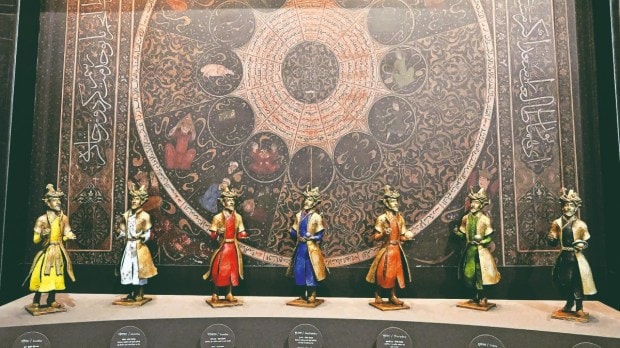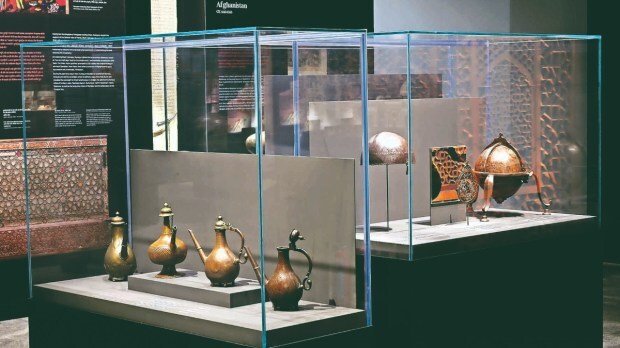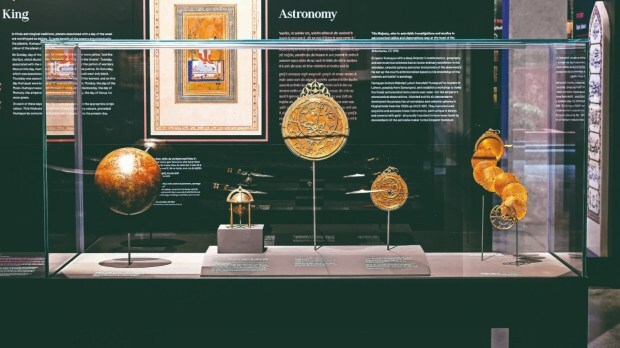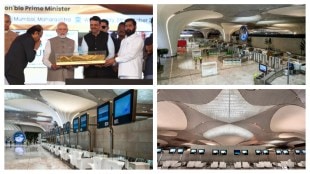At the Humayun’s Tomb World Heritage Site Museum—Delhi’s newest cultural attraction—you can take lessons from history on a whole new level, quite literally. The ‘sunken museum’, as it is called for being an underground facility, houses over 500 never-seen-before artefacts from the Mughal era, painstakingly conserved by the National Museum, Archaeological Survey of India and the Aga Khan Trust for Culture (AKTC) over 25 years.

On display are Mughal miniatures, sacred texts on stone inscriptions and on paper, calligraphy, Khusrau’s manuscripts, Rahim’s portrait bowing to Lord Vishnu, Dara Shikoh’s handwritten calligraphy, a 14th-century Holy Quran, significant architectural elements from Humayun’s mausoleums and monuments, coins, astrolabes and celestial spheres, and 3-D illustrations, among others.

The first-of-its-kind museum in the country is spread over 1 lakh square feet and is said to have been built at a cost of over Rs 250 crore. The museum also includes facilities such as a 100-seater auditorium, temporary galleries, spaces for cafes, meeting rooms, a library, and more.
Interestingly, the complex has been built like a baoli (stepwell) to retain the views to the nearby monuments. It also serves as an underground bridge between the Humayun’s Tomb complex and the adjacent Sunder Nursery.

The centrepiece of the museum is the 18-ft-tall golden finial or kalash, which once crowned the dome of Humayun’s Tomb but was knocked off in a storm in 2014. It has since been repaired by traditional coppersmiths and is now housed inside the museum.









